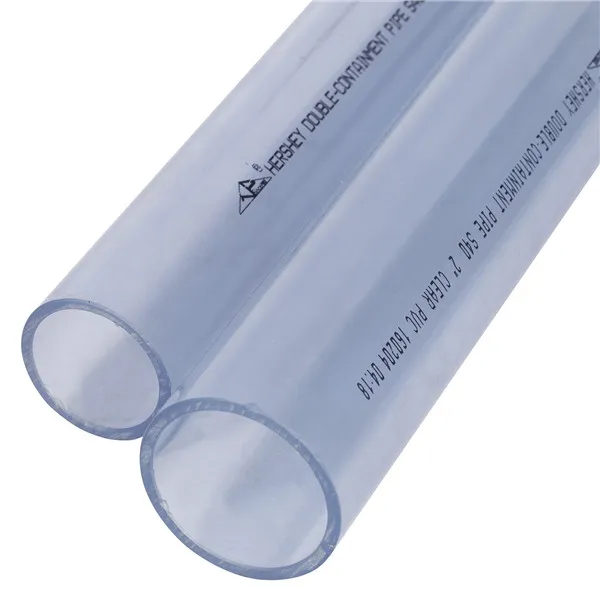Nov . 22, 2024 01:04 Back to list
ppr water pipe fittings
Understanding PPR Water Pipe Fittings A Comprehensive Guide
In the realm of plumbing, selecting the right materials is crucial for ensuring durability, efficiency, and safety in water distribution systems. One of the standout choices for modern plumbing is PPR (Polypropylene Random Copolymer) water pipe fittings. These fittings have rapidly gained popularity due to their numerous benefits, including corrosion resistance, longevity, ease of installation, and environmental friendliness. In this article, we delve into the significance of PPR water pipe fittings, their features, applications, and installation processes.
What is PPR?
PPR, or Polypropylene Random Copolymer, is a thermoplastic polymer used extensively in piping and plumbing applications. It is known for its excellent chemical resistance, making it suitable for carrying hot and cold water. The random copolymer structure of PPR grants it remarkable flexibility and strength, which enhances its application in various environments.
Key Features of PPR Water Pipe Fittings
1. Corrosion Resistance One of the primary advantages of PPR fittings is their resistance to corrosion. Unlike metal pipes that can corrode over time, PPR remains unaffected by water, chemicals, and high temperatures. This durability ensures a longer lifespan for plumbing systems.
2. High Temperature and Pressure Tolerance PPR fittings can withstand temperatures up to 95°C (203°F) and pressures of 25 bars. This makes them ideal for both cold and hot water systems, including heating systems and industrial applications.
3. Lightweight and Easy to Install PPR fittings are significantly lighter than traditional metal fittings, making them easier to transport and install. The ease of installation can lead to reduced labor costs and time during plumbing projects.
4. Smooth Internal Surface The inner surface of PPR pipes and fittings is smooth, which minimizes friction and allows for better water flow. This feature also reduces the chances of clogging and bacterial growth in the pipes.
5. Environmental Friendliness PPR fittings are recyclable and do not release harmful substances, making them an eco-friendly choice for plumbing applications. Their longevity also contributes to sustainability by reducing the need for frequent replacements.
Applications of PPR Water Pipe Fittings
PPR water pipe fittings are versatile and applicable across various sectors
ppr water pipe fittings

- Residential Plumbing They are commonly used in residential water supply systems, including plumbing for kitchens, bathrooms, and laundry areas.
- Commercial and Industrial Use Facilities that require a reliable water distribution system, such as hotels, schools, and factories, benefit from the robust features of PPR fittings
.- Heating Systems Due to their ability to withstand high temperatures, PPR fittings are increasingly used in underfloor heating and central heating installations.
- Agricultural Applications PPR pipes and fittings are also used in irrigation systems, offering a reliable way to manage water distribution in farming.
Installation Process of PPR Water Pipe Fittings
Installing PPR fittings involves a few straightforward steps
1. Cutting the Pipe Use a pipe cutter for a clean, precise cut. Ensure that the edges are smooth and free from debris.
2. Heating and Joining PPR fittings can be joined using a fusion welding process, where the pipe and fitting are heated with a specialized tool until they soften, then pressed together for a secure fit.
3. Cooling Allow the joint to cool for a few minutes to ensure a tight seal. This process provides a strong bond that withstands high pressures.
4. Testing After installation, it is vital to test the system for leaks and ensure that all connections are secure.
Conclusion
PPR water pipe fittings represent a modern solution to plumbing challenges. Their impressive attributes, such as corrosion resistance, high-temperature tolerance, and environmental friendliness make them appealing for a wide range of applications. Understanding the features and benefits of PPR fittings is essential for anyone involved in plumbing, construction, or facility management. As the industry continues to evolve, PPR fittings will undoubtedly play a pivotal role in ensuring efficient, reliable, and sustainable water management solutions.
-
PVC Grey Sheet for Extraction: Chemical Resistant & Durable
NewsAug.19,2025
-
Durable PVC Pipe Fittings for Plumbing & Irrigation Needs
NewsAug.18,2025
-
HDPE Steel Belt Reinforced Spiral Corrugated Pipe | High Strength
NewsAug.17,2025
-
HDPE Pipe Fittings: Durable, Leak-Proof Solutions
NewsAug.16,2025
-
Premium CPVC Sheet: High-Temp & Chemical Resistant Solutions
NewsAug.15,2025
-
Durable PPR Pipe for Hot & Cold Water Systems - Easy Install
NewsAug.14,2025

